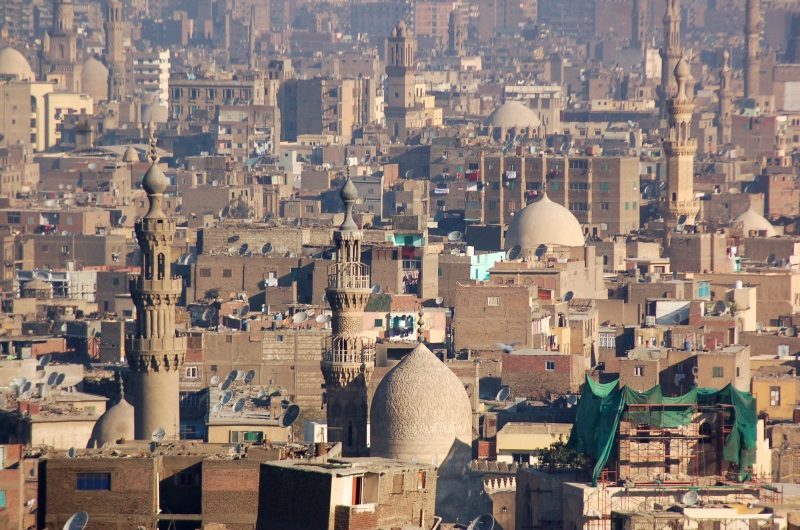If you plan on
visiting Egypt for a week or less, you may be torn between Cairo or Luxor.
In this post, I’ll try to compare them so you know which to choose for your
vacation, and perhaps help you find a sensible way to visit both.
Both Cairo and Luxor are massively visited and set in the East Bank of the Nile, Luxor being in the southern part of Egypt, where Ancient Thebes (the Pharaoh’s capital 1500-1000 BC) used to be, while El Cairo is much further up in the North, closer to Suez, Alexandria, and Israel.
Both cities have temples and museums of utmost historical importance, but they are nevertheless quite different places. Cairo is a megacity and Egypt’s capital with a population of 10 million, while Luxor only counts half a million residents and revolves mostly around tourism.
Cairo or Luxor: what travelers say
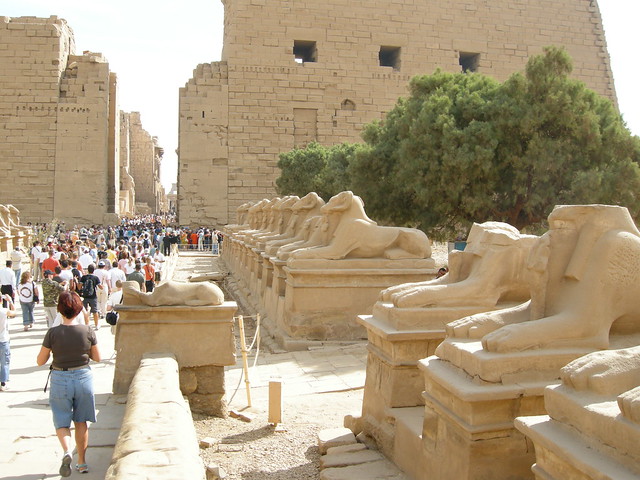
- Both Cairo and Luxor can be visited in a week (or less), connecting the two by plane or overnight bus. Most tourists recommend two days in Luxor and at least three full days in Cairo.
- Cairo is a very big city and, aside from the cultural sights, it’s a charm in itself and provides the best experience of the real Egyptian city life. You can spend more than one week there without getting bored or running out of options.
- If you want to be in an authentic city with a great vibe, then go for Cairo, and besides the Pyramids and the Egyptian Museum, make sure to visit the Old Town with its mosques and markets and cafés. You can either spend a whole week in Cairo or take a one or two-day tour to Luxor from there.
- On the other hand, if your goal is to have a relaxing trip, Luxor is much smaller, quieter and more tourism-driven, and you can enjoy the beautiful sights and cruises through the Nile while at the same time visiting major Ancient Egypt sights like The Valley of Kings, The Valley of Queens, the Luxor and Karnak Temples and the Colossi of Memnon.
- Though many travelers love Luxor, it’s hard to beat the vibrancy and vitality of Cairo, as well as the amazing pyramids, the old Cairo and Al Azhar Park, the Egyptian Pancake House, the Khan bazaar at night time, etc. Cairo is a fantastic city, even though it’s dirty, polluted, with horrendous traffic.
- Luxor is definitely more relaxed and pleasant in a way (except for the countless hustlers), but Cairo is more real. Though it has amazing sights, the Luxor area is a tourist town, not a “real” city.
Cairo or Luxor: access & transportation
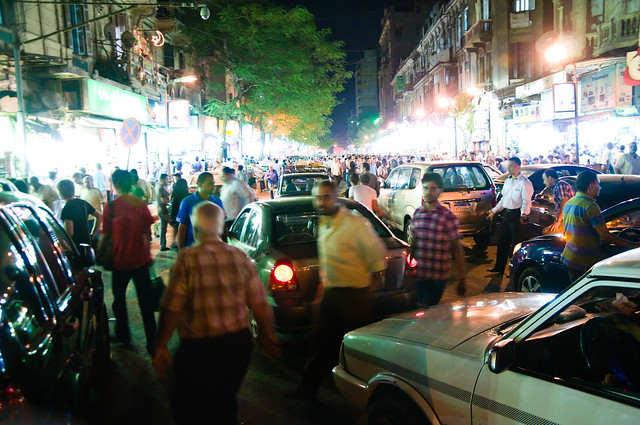
There are about 650 kilometers between Cairo and Luxor. To connect them, you can take an overnight bus (budget option) or a one-hour plane ride with EgyptAir (more expensive).
Cairo has terrible traffic, so you should probably avoid driving. The best way to get around Cairo is through the efficient and expanding metro system, though you should try to avoid the heavy rush-hour crowds.
Mini-buses are another good way to get to key places in Cairo. Ramsis Square and Abd El Moneim Riyad Square are two main mini-bus hubs. Alternatively, you can use Uber or Careem (Uber’s local competitor). Another option is to take the Nile taxi.
In Luxor, mini-buses are the easiest way to move around, followed by taxis. Some travelers recommend getting a bike to do the West Bank part in a day.
If you happen to be in Sharm or want to combine it with either Luxor or Cairo, you have daily EgyptAir flights to connect, but keep in mind all air traffic goes through Cairo.
Cairo or Luxor: vibe & people
As a Capital city, Cairo is vibrant, hectic and much more dynamic, while Luxor is much smaller and, as previously said, a little too ‘made for tourism’. Some degree of insecurity is a common factor between both cities.
In Cairo, you should immerse and get lost in the city experiencing what ‘real’ Egypt feels like by exploring, wandering, and discovering places, like the Khan el-Khalili market or the Islamic Cairo – travelers generally feel Cairo locals are welcoming to non-Muslims.
At night in Cairo, you can walk along the Nile Corniche where boats are lit up and full of music. Like many Egyptian families, you can take a ride on one of those or just take a stroll across the river bridges where you’ll find corn and sweet potatoes vendors.
Luxor, on the other hand, is all about its temples and Nile sights. Some travelers feel they’ve seen enough sights after a couple of days and recommend relatively short stays. Keep in mind that Luxor gets very hot in the summer months, so if you plan to visit Egypt in that part of the year, consider choosing Cairo vs Luxor.
Cairo or Luxor: sights & culture

Both cities have cultural and historical attractions of tremendous importance, making them mandatory places to visit if you’re interested in Ancient Egypt. You can arrange your journey to stay for two to three days in each city.
From Cairo, you can visit three main pyramid sites: Sakkara (pyramid of Djoser), Dahshur and Giza (three pyramids and Sphinx). If your budget allows it, you can rent a driver and visit all three necropolis in one day.
Another day in Cairo can be spent just on visiting the Egyptian Museum, where among many other remnants of cultural interest, you’ll find artifacts of the famous King Tutankhamun (his tomb is in Luxor). Arm yourself with patience: the Museum tends to be very crowded at all times.
A third day in Cairo may be devoted to visiting the Khan al-Khalili bazaar and the Islamic and Coptic neighborhoods of Cairo. The bazaar is a major attraction for most travelers, and next to it is the Al Azhar Park and University, offering a 360 panoramic view of Cairo and the prayers from hundreds of minarets at sunset.
Luxor
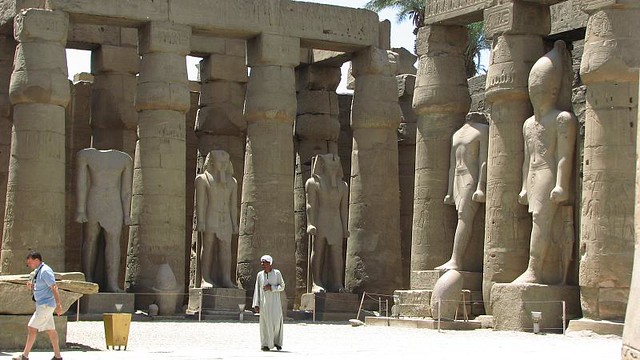
Luxor, on the other hand, doesn’t have pyramids, having a more “recent” history (1500-12th century BC vs 2500+ BC for the pyramids), but some travelers find Luxor even more culturally impressive than Cairo.
Located in the East Side of the Nile, Luxor is surrounded by two amazing temples, the Karnak Temple, and the Luxor Temple, along with two very interesting museums, the Mummification Museum and the Luxor Museum.
Crossing the Nile, on the West Side Bank, you can take a donkey ride to get to the Valley of the Kings, burial site for many famous pharaohs, including King Tutankhamun whose mummy is right there. If your budget allows it, you can take a hot air balloon ride over the West Bank or hire a private driver for the day who will take you to the main spots.
Also on the West bank, you’ll find many other fantastic historical sights like the Valley of the Queens, The Colossi of Memnon, the Mortuary Temple of Hatshepsut, the Ramses III tomb (Medinet Habu), the Ramesseum and the Theban Necropolis.
Cairo or Luxor: food & nightlife
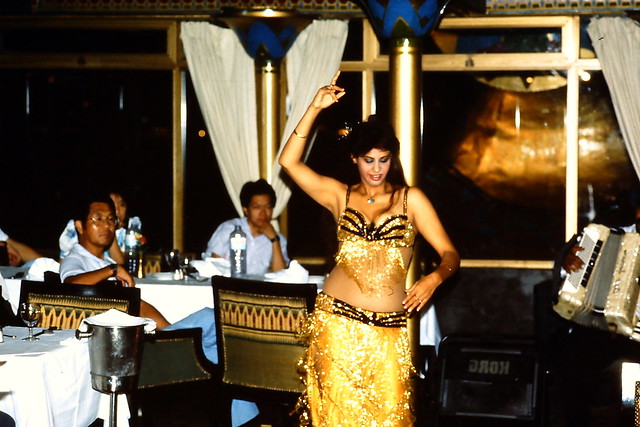
In both Cairo and Luxor, nightlife revolves around restaurants, cafés, and bars more than nightclubs.
By western big-city standards, Cairo’s nightlife is relatively quiet. Most of the activity in Cairo takes place in the streets and cafés, where people gather to smoke shisha, play backgammon and have coffee.
Cairo does have some nightclubs, e.g. in large hotels which are mostly attended by the upper-classes. Almaz is a good oriental music club. The Zamalek’s district also has many upscale lounges and bars, which function as restaurants until midnight and then become discotheques. Some travelers also recommend visiting the Odeon’s rooftop bar at sunset.
In Luxor, most tourists looking to have a drink visit the well-known Kings Head Pub. Other nice cafes to hang out at include the Sultan, Cilantro or New Oum Koulsoum.
For dinner in Luxor, don’t miss the Marsam hotel. Some travelers also recommend dining on the West Bank after visiting the temples.
Cairo or Luxor: lodging
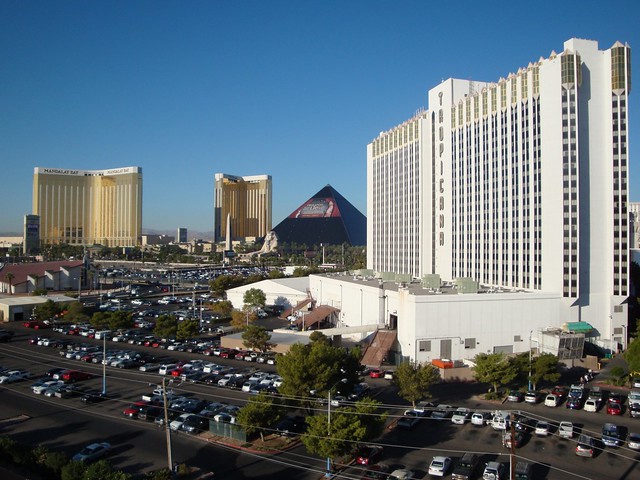
If you want to be in the heart of Cairo and don’t mind the traffic, stay downtown near Tahrir Square: a modern, convenient area, full of shops and banks with access to transportation around the city. Accommodation options range from hostels to classic hotels like Victoria or Cairo Khan.
In Heliopolis area, near the airport, you have several and different hotel options, but it’s a bit far from Cairo center. A great option is staying in Zamalek on the island of Gezirah, a quieter, upscale residential area, with many places to go out and mostly 4 and 5-star hotels.
If you want to be near the pyramids, try staying on the West Bank of the Nile on the Giza area, where you’ll find both cheap and luxury options.
In Luxor, some travelers recommend staying on the West Bank, where it’s said to be much more relaxed than in the city and from where you can appreciate beautiful sunrises and sunsets.
One of the most often recommended places to stay in Luxor is the Gezira Garden, a little hotel with a cute garden, a pool, and a roof terrace, located near the ferry which takes you to the city in minutes.
If you want to stay in the city, one of the best options is the Sofitel Winter Palace, located on the Nile Corniche.
Cairo or Luxor: day trips
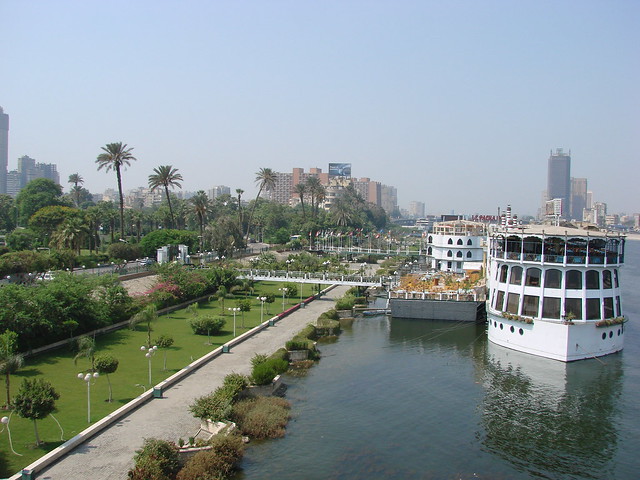
In Luxor, you can take a Felucca and sail down the Nile or a hot air balloon ride on the West Bank.
If you’re interested in seeing more temples, from Luxor you can also visit the archaeological sites of Aswan, Dendera, Abydos and Abu Simbel.
You can also go to Cairo from Luxor on a day trip, during which you can visit Giza, the Egyptian Museum and the bazaar. Beware though, as it’s a long and tiresome day (from 4 am to 11:30 pm).
From Cairo, you can go to Fayoum, about an hour from Cairo, a desert oasis with waterfalls, ancient landmarks, huge sand dunes for sandboarding, and several beautiful lakes.
Ain Al Sokhna is a scenic beach village on the Red Sea a short 1.5-hour drive from Cairo. It has a nice sand beach, a bay with flat water, and a gorgeous mountain backdrop. You can rent a boat and go fishing.
From Cairo, you can also take a 2-hour drive to Ismailia, a city on the Suez Canal, famous for its fresh fish and affordable seafood along the restaurant-lined promenade. It also has an impressive antique museum.
***
Photo credits:
(1) Featured: “Cairo” (CC BY-SA 2.0) by twiga_swala
(2) “Entrance of Luxor Temple” (CC BY-SA 2.0) by c r z
(3) “Cairo, Oct-2011” (CC BY-SA 2.0) by maltman23
(4) “Egitto, Cairo” (CC BY 2.0) by loriszecchinato
(5) “Luxor temple” (CC BY 2.0) by reibai
(6) “Egitto, Cairo” (CC BY 2.0) by loriszecchinato
(7) “Luxor from Hooters” (CC BY 2.0) by Kevin Hutchinson
(8) “The Nile, Urban Cairo” (CC BY 2.0) by watchsmart

